possibility of selling them individually 400 € (the "C" is sold)
In 1735 , in Niderviller, Anne Marie André, widow Defontaine, gives the authorization to the master potter Mathias Lesprit de Badonviller to create a pottery in his domain, finally to make profitable the forests and the quarries. Unfortunately debts accumulate and on September 4, 1748 the nephews of Anne Marie André sell the property, including the factory, to Jean-Louis Beyerle, money manager of Strasbourg whose ambition is to equal the reputation of the Hannong factory in Strasbourg. He hired earthenware workers from Strasbourg, including the young painter and chemist François-Antoine Anstette. The latter improves production; in 1759, he took over the management of the factory, which was rebuilt after a fire. He produces fine pottery, "Terre le Pipe"; polychrome statuettes in "petit feu" after Cyfflé, and in 1763, using German defectors, hard porcelain. A number of pieces that were produced at the end of this period were marked with the initials NB or BN (Beyerlé, Niderviller). The privilege of Sèvres prohibited him from decorating pottery in gold and, discouraged, Beyerlé sold the factory on December 6, 1770 to the Count of Custine, who continued production. Since he was financially at the end of his rope, he began a cooperation with François-Henri Lanfrey who took over the management in 1778, enlarged the factory, bought a kaolin quarry in Saint-Yrieix-la-Perche (near Limoges) as a factory in Schneckenbusch and the molds of Cyfflé in bankruptcy.Assiette de Niderviller. He hires 50 people, including Joseph Seeger, chemist, and Lemire, pupil of Cyfflé. He produced biscuit porcelain figurines and a new fine and inexpensive pottery: pebbles. The mark in this period consists of two crossed 'C', with or without crown. Problems arise with the French Revolution: General Custine is guillotined on August 29, 1793, the workforce decreases dramatically and production is continued with 15 people. Finally, on September 1, 1802 Lanfrey can buy the factory with the quarry. With the Empire, the production of luxury products resumed and the workforce increased to 50 people. In 1824, Lanfrey (who died 3 years later) had signed a provisional sales contract for the quarry. His two sons sold the factory to Louis-Guillaume de Dryander, a partner of Boch-Buchmann in Mettlach (Saarland). Finally, in 1827, the production of porcelain was stopped, that of Limoges opposing too strong competition. The Niderviller factory then focused on earthenware. In 1886, the company became a joint stock company, being then on German territory. Until 1948, the Niderviller pottery remained the property of the Dryander family. the group was gradually bought out, until 1963, by the Worms bank. Before becoming a SCOP in 1987, the company passed into the hands of SITRAM, in 1981. It was in 1993 that it was the subject of a receivership. It will eventually be integrated into the “Les Jolies Céramiques” group, of which it is still a subsidiary today.


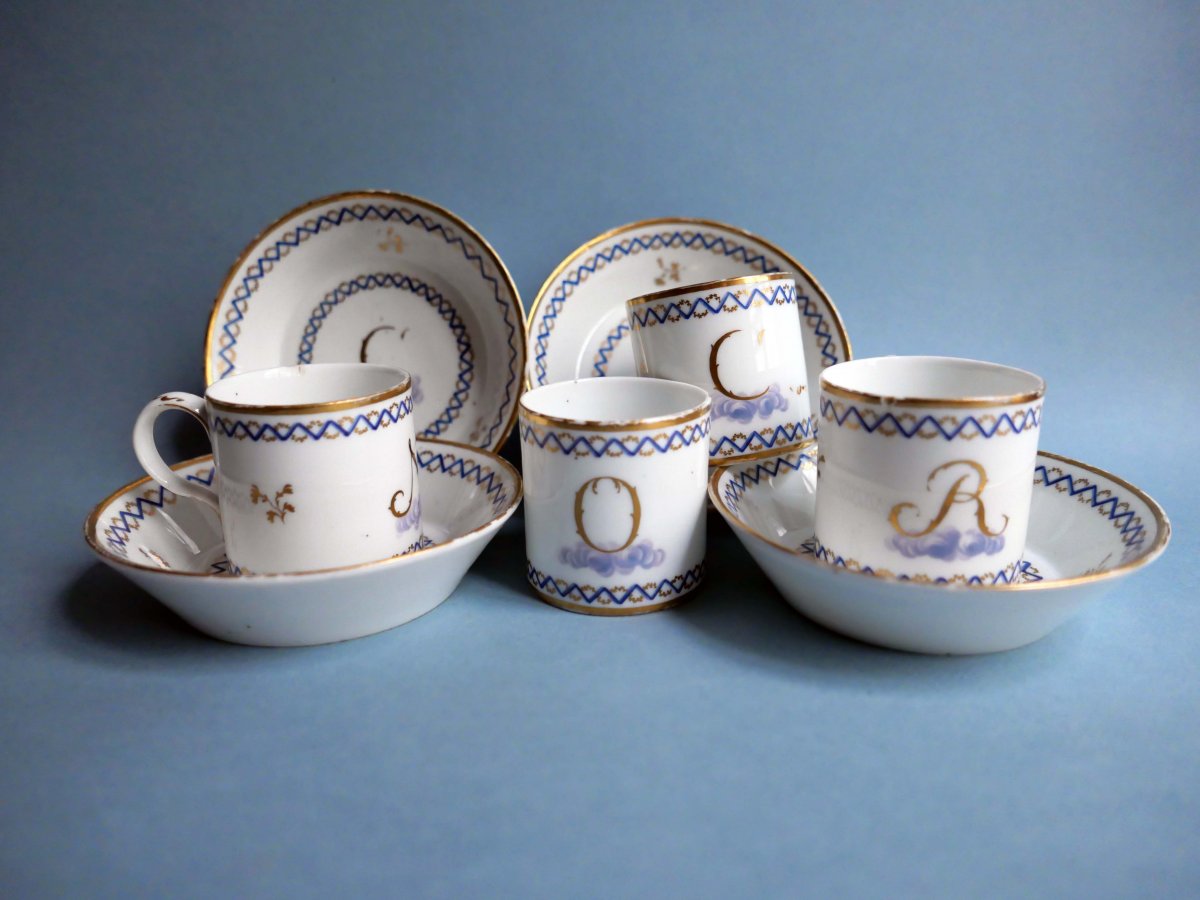

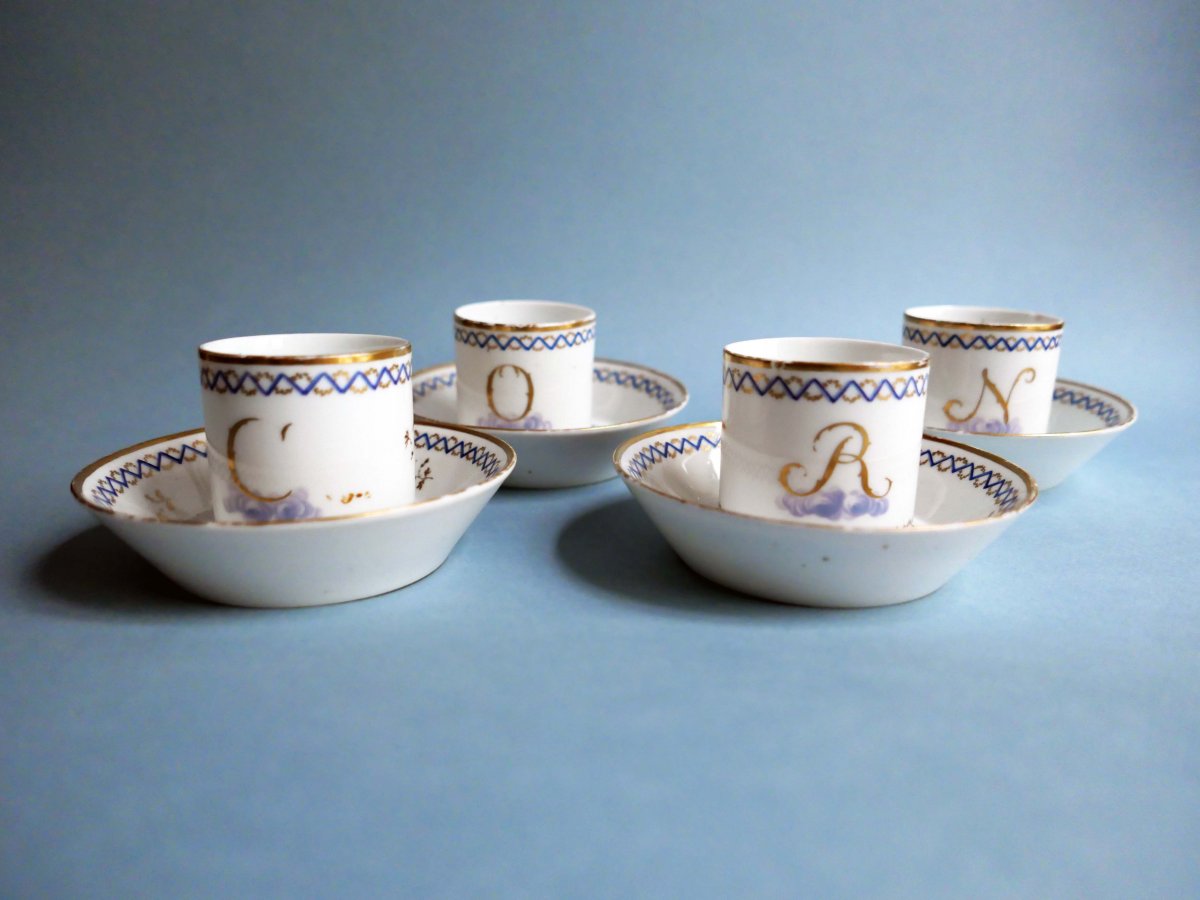



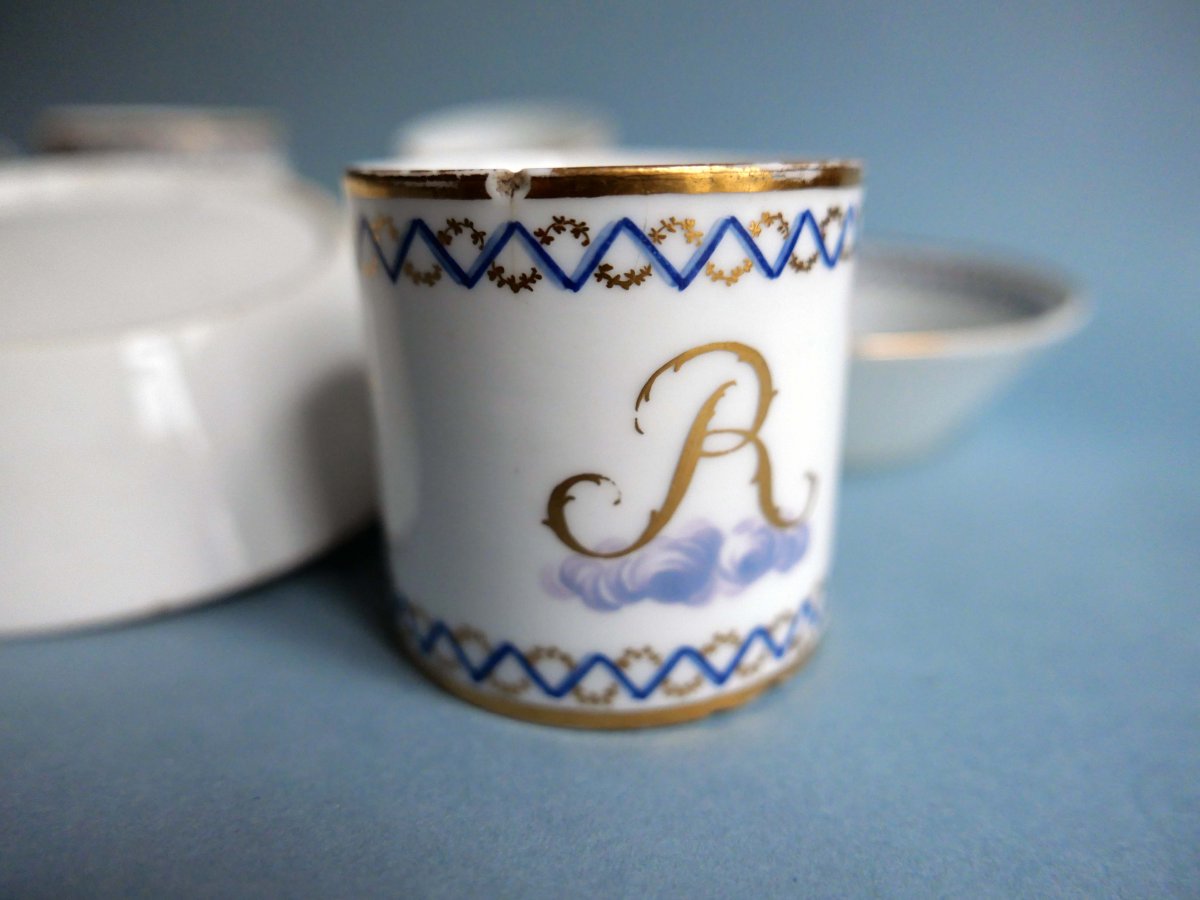
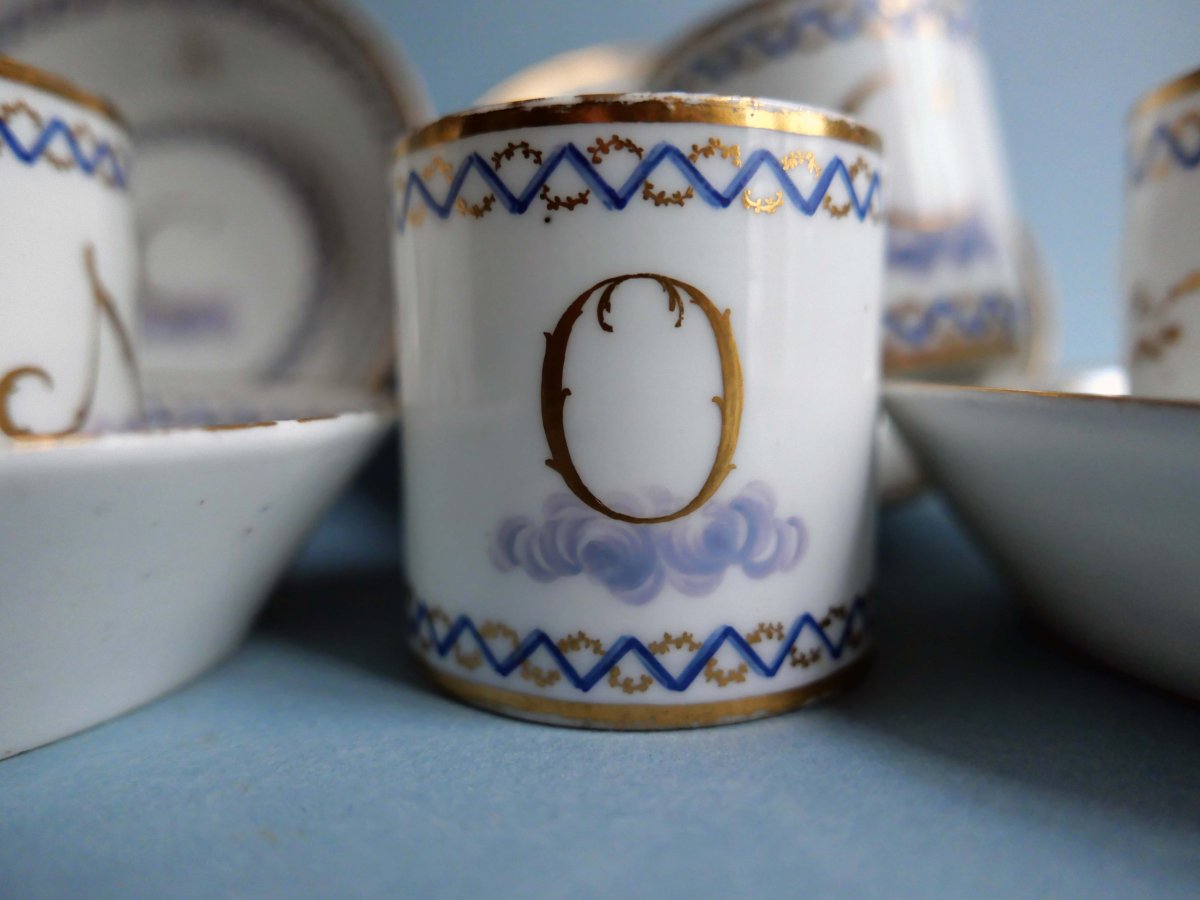





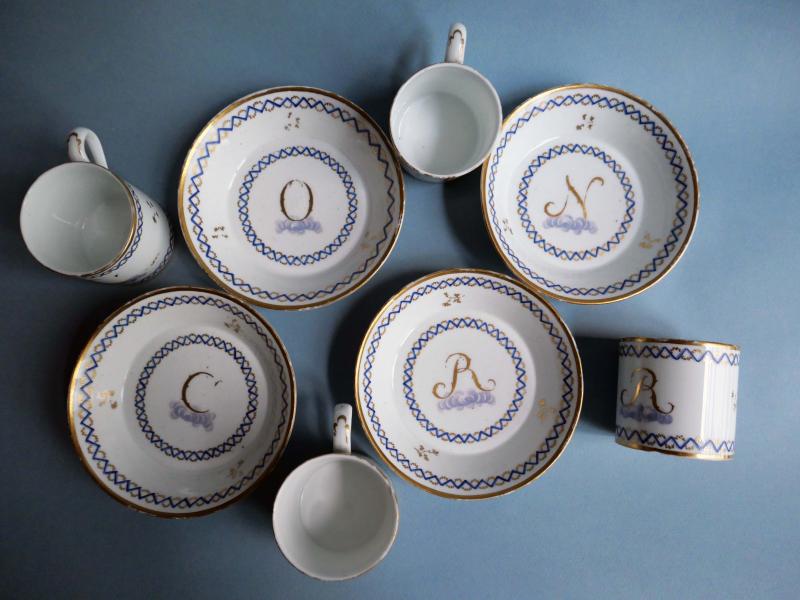



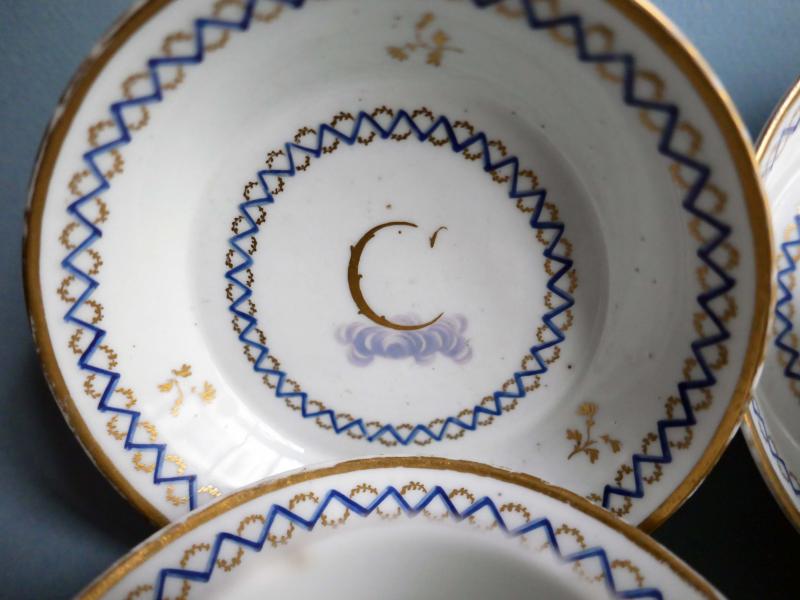


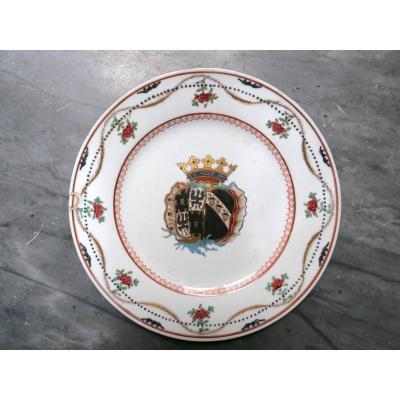
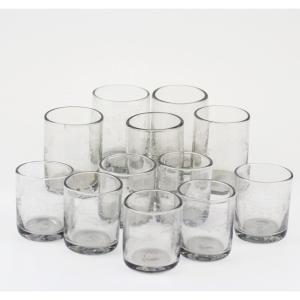
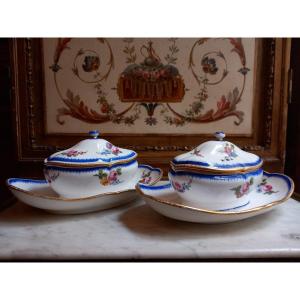
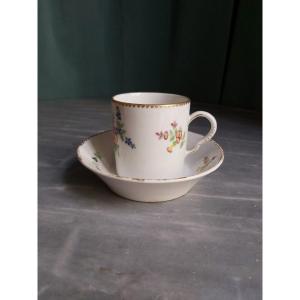
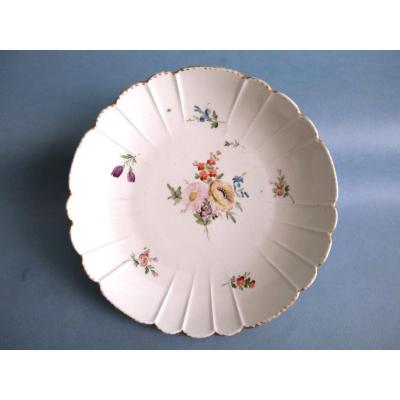





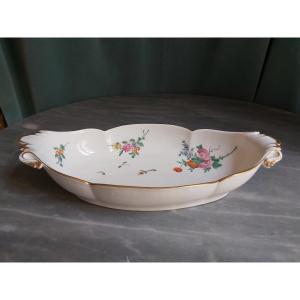

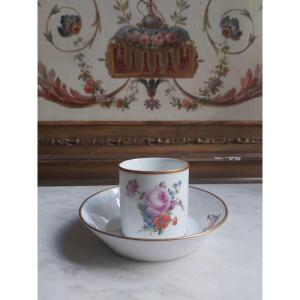
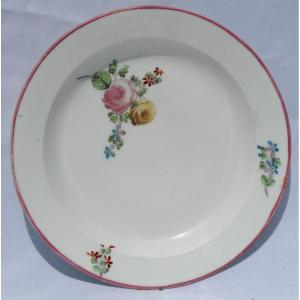
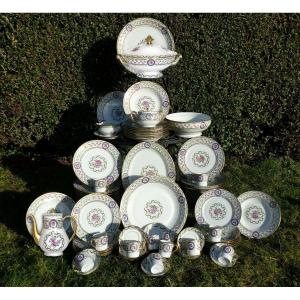

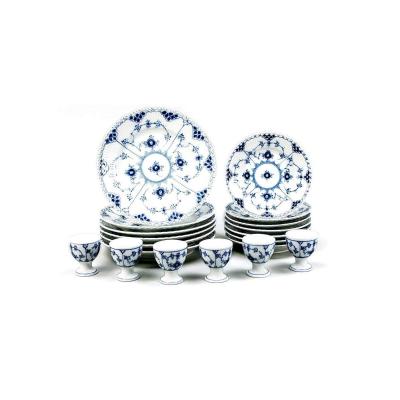



 Le Magazine de PROANTIC
Le Magazine de PROANTIC TRÉSORS Magazine
TRÉSORS Magazine Rivista Artiquariato
Rivista Artiquariato